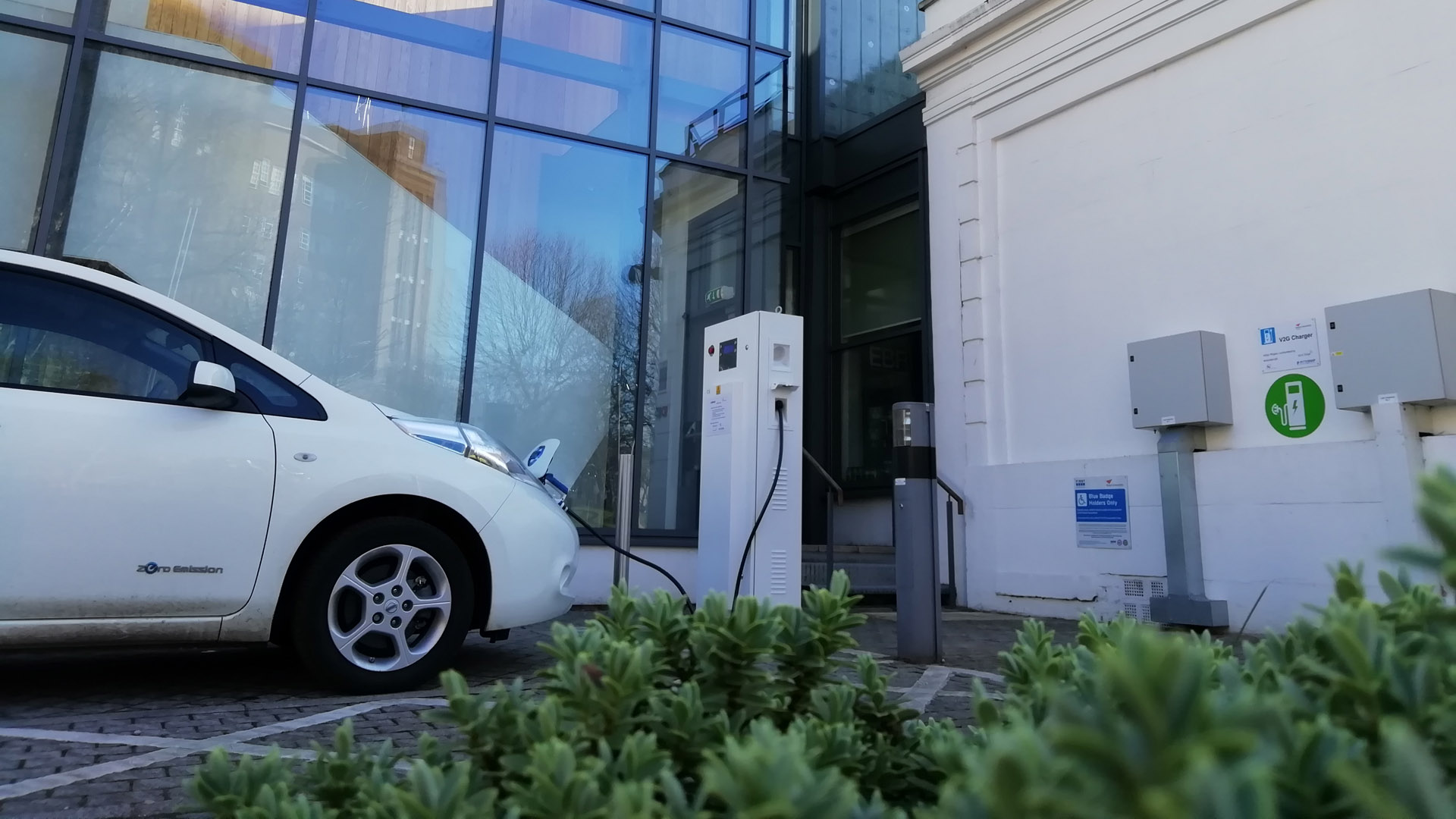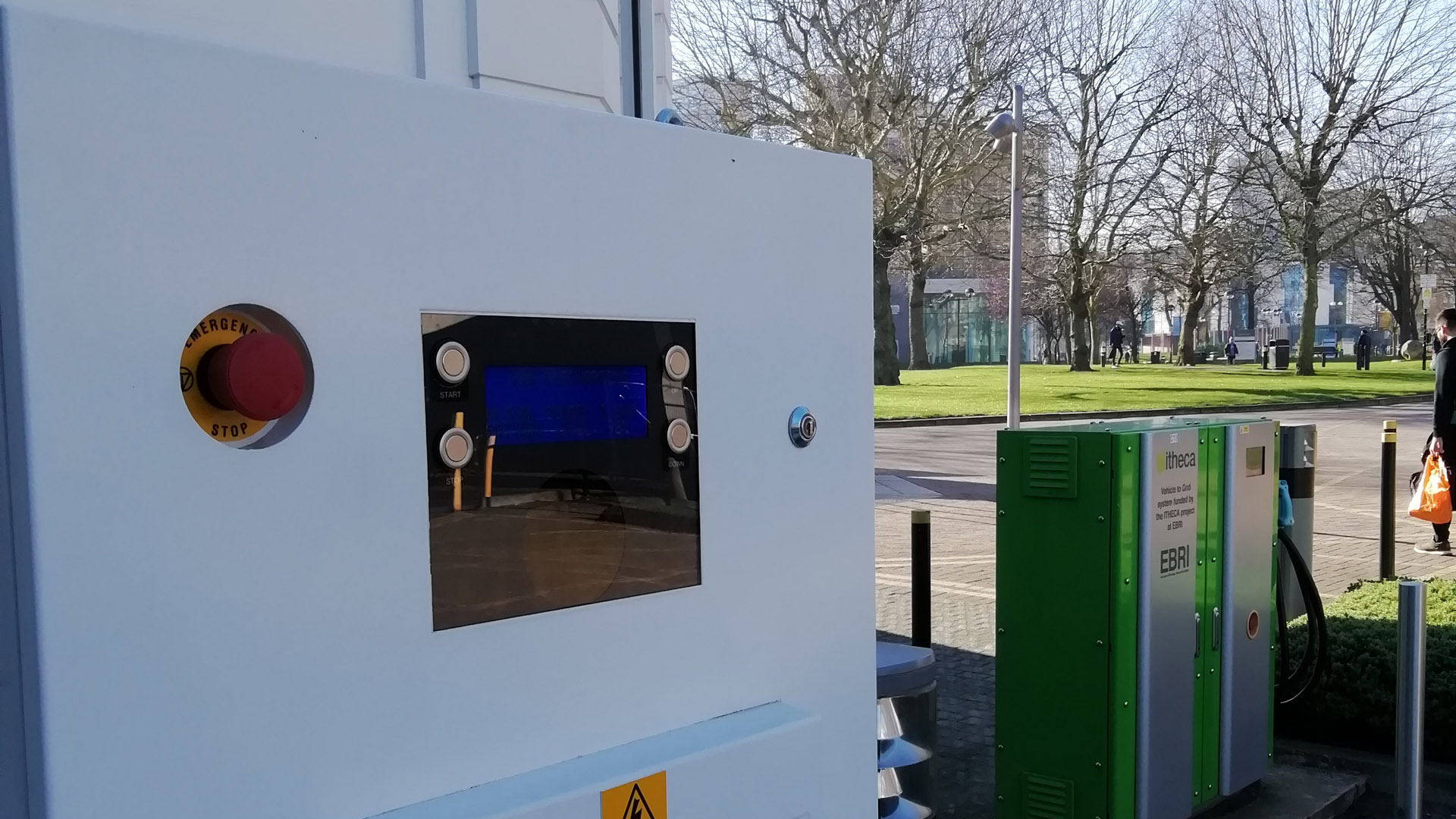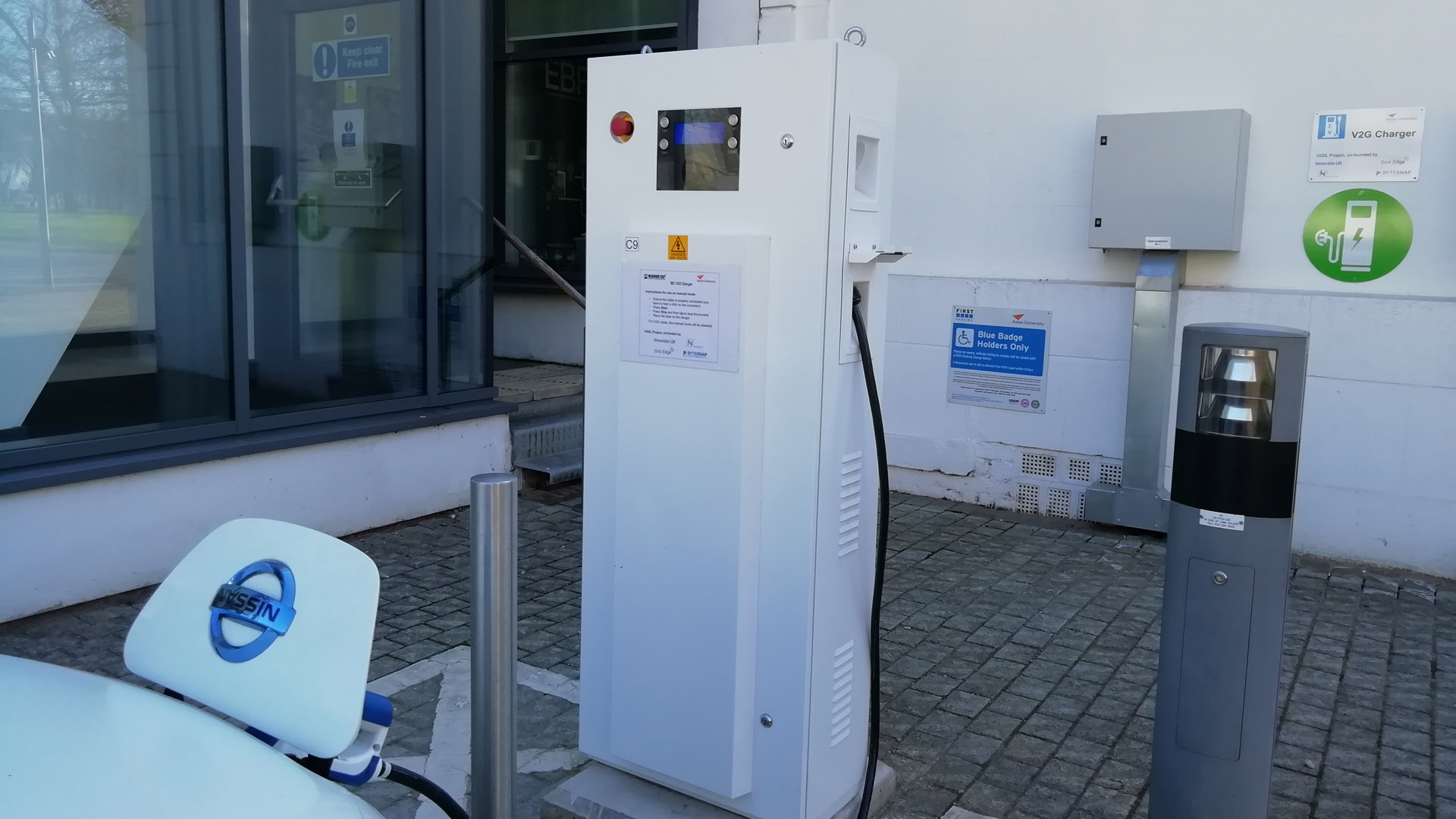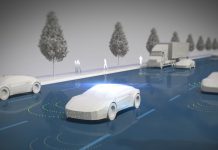Smart and IoT technology go hand-in-hand with electric vehicles (EVs). Of course, it is possible to charge an electric vehicle without smart technology, but with smart connectivity and communication come further efficiencies which truly enable the future potential of these more environmentally friendly modes of transit.
Smart cities and towns are among the most predicted and heralded technological advances for society. These will be habitats where IoT and connected devices communicate directly and constantly with city infrastructure; where services are delivered seamlessly with little human contact, where energy grids are constantly and efficiently managed, and where traffic can even be managed by communication between smart vehicles and smart infrastructure.
Analysts at IDC anticipate that by 2023, cities and governments will be spending $196 billion (~£148 billion) on smart development including surveillance, public transportation and lighting. They expect vehicle-to-infrastructure (V2I) technology, though with challenges, will take advantage of 5G network development and be an integral part of smart cities. Therefore, smart technology will benefit individual EV owners and fleet managers, as well as paving the way forward for all elements of vehicle development and management.
To better understand the state of EV charging and the challenges it brings to a country’s infrastructure, TotallyEV reached out to Dunstan Power, Director at EV charging consultancy firm, Versinetic.
You can also watch our interview with Dunstan Power via the video embedded at the top of this article.
What is smart charging?
Currently, charging speed and availability are among the largest barriers to EV adoption. Governments and fleet managers are playing catch up with the accelerating pace of EV development. As such, they’re improving the EV infrastructure, so that usage and opportunity do not stall due to difficulties in utilisation.
Buy a car phone mount on Amazon (Affiliate)
Smart charging is more than just plugging an EV into a socket and waiting for it to fully charge. It’s about managing local charging to ensure parked vehicles receive an optimum charge at the most efficient cost. Smart charging uses load balancing to charge multiple vehicles, effectively, from a single station.
Smart charging is also about the communication between charging points and the electrical grid to take advantage of off-peak usage times and renewable energy sources. The main driver for it, however, is that it can remove the need for substation upgrades by limiting the power requirements at a local grid level.
Read next: Has the UK’s charging infrastructure evolved with time?
How can smart charging enable the future of EVs and its infrastructure?
It’s expected that EVs will make up 8 out of 10 vehicle sales by 2030. The charging infrastructure must keep up with this demand. However, charging these vehicles will also put stress on the grid, unless the process is effectively managed. Smart technology will allow charging stations to communicate with the grid, so that power managers can monitor flows of energy in real-time and react faster to demand growth and, indeed, issues. Elements of smart technology, such as load balancing and the utilisation of AI, can both predict when and how much EVs need to charge and manage the physical charging effectively.
The International Renewable Energy Agency (IRENA) actually believes that with 95% of vehicle’s time spent parked, EVs could become the “battery banks of the future,” and work to stabilise electricity grids. This can be facilitated by the use of smart charging technology. IRENA believes more than 1 billion EVs could be on the world’s roads by 2050 and that smart charging could save billions in “grid investments.”
Dolf Gielen, Director of IRENA’s Innovation and Technology Centre says: “EVs at scale can create vast electricity storage capacity, but if everyone simultaneously charges their cars in the morning or evening, electricity networks can become stressed. The timing of charging is therefore critical. ‘Smart charging’, which both charges vehicles and supports the grid, unlocks a virtuous circle in which renewable energy makes transport cleaner and EVs support larger shares of renewables.”
IRENA, in its “Innovation Outlook: smart charging for electric vehicles,” report, analyses smart charging system approaches – from basic ones that allow consumers to charge off-peak, right through to advanced approaches providing near real-time energy balancing as well as other services. The agency says that, “smart charging for EVs minimises their load impact and unlocks the flexibility to use more solar and wind power.” In this way, the environmental positive effects of EVs are magnified with additional benefits for using and maximising renewable energy sources.
Read next: How have electric vehicles impacted the automotive industry?
Research by the European Energy Agency found that carbon emissions for an EV are between 17 and 30% lower than an internal combustion engine vehicle, including the manufacturing costs. This rises greatly if a clean energy tariff is used and the car is powered from renewables. Such tariffs are now available from most electricity providers in the UK.
The RAC reports that even without being on a renewable tariff, in May 2019, the UK clocked up a fortnight of electricity production without coal and in the third quarter of that year renewable sources generated more electricity than the combined output from fossil fuel generation. As time goes on the ratio of renewable to fossil fuel generation is increasing, further allaying concerns that EV power is ultimately “dirty”.
One of the main challenges to EV adoption is providing the right volume of effective charging infrastructure in order to meet demand. EV charging development needs government support, but with initiatives and technology development such as smart connectivity and load balancing, charging infrastructure can be efficient, easy to use and manage; they can even create a whole new service industry.
Projects such as VIGIL are responsible for developing smart charging EV technology and through partners such as Aston University, ByteSnap Design and other collaborators to build a communication and control platform for vehicle-to-grid (V2G) and vehicle-to-building (V2B) systems – the first fully integrated system of its kind in the UK.
Buy a car phone mount on Amazon (Affiliate)
V2G technology could see electric vehicles returning power to the grid when stationary. This provides energy grid resilience and can also reward EV owners and drivers. Renewable energy flows, such as solar and wind power, can be variable sometimes – providing too much energy at once and other times too little. EVs can thus serve as battery banks, holding surplus energy but returning it when necessary and when parked. This just shows that there are endless business opportunities in the EV sector today, for example, Versinetic is also working on ancillary initiatives such as contactless EV charging methods.
Peering further in the future, smart technology, the IoT, and AI, could deliver fully automated charging in our smart habitats, workplaces, towns and cities.







